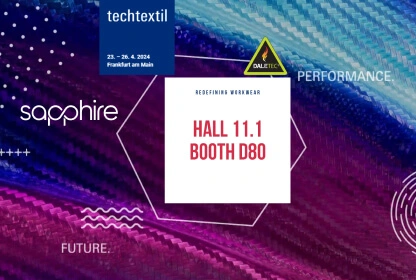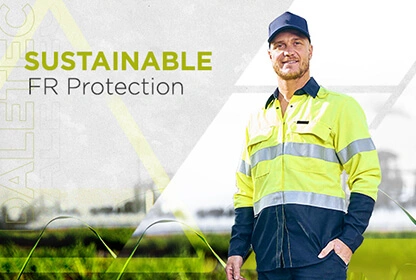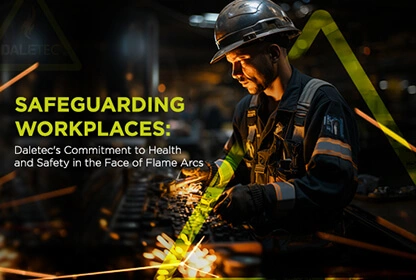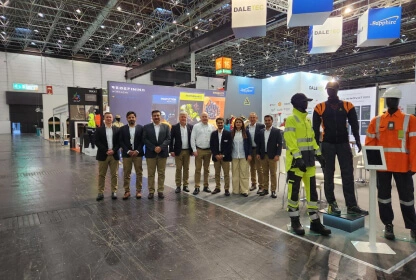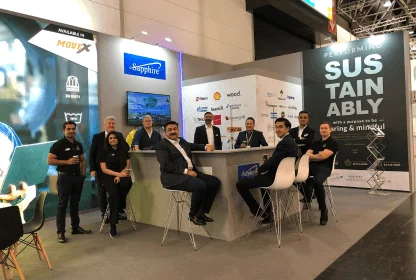February 16, 2018
News & Media
Pioneering protective textiles
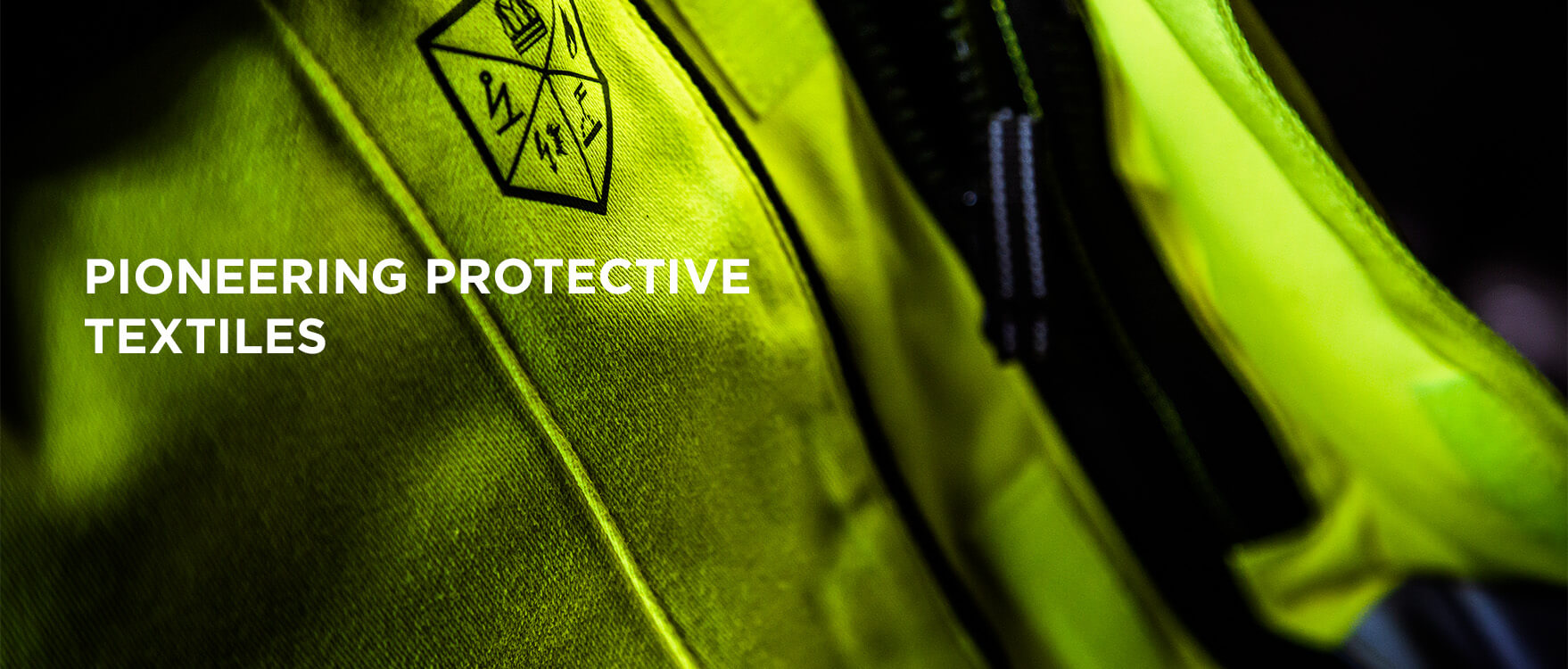
Dale Factories have been around for man’s ages and ever since the industrial revolution brought process technology to Norway the factories in the Dale valley have been important for the development of the textile industry in the region.
The ideal location, with a massive waterfall giving eternal hydropower to the mills and eventually the mill’s own railway tracks made it a very convenient operation to produce and ship from this location.
The founder of the Dale mills was already a successful entrepreneur of other mills, but the Dale textile mills were to become the masterpiece of its time in the business.
Some land was bought from farmers, the rights to the waterfall were granted, large investments were made in buildings and looms were bought from textile mills in England to get started. The machines were transported to Norway, and 250 persons took part in the construction of the factory. In addition, a few dozen houses were constructed, where the workers would be living over the coming years. Once the machines were finally installed in 1879, the production was soon operative and 22nd August this year the first commercial goods were shipped from the factory. Within a short time, products were starting to reach consumers all over the country.
For the first part of the existence of the group mainly basic canvas products for domestic use were made. Clothing material and household textiles of various sorts were made, and even the first hat production was done inside these premises. Over the years, technology and process knowledge have evolved, the end user expectations have been constantly changing and today engineered high-end products are in focus in this respected textile hub.
After the second world war, a new golden age came to the textile industry, since there was a great lack of good materials and now was the time to rebuild the country in many ways. Not only was there a need to improve the conditions of buildings, communication and transport systems after the damages during wartime but after some time also the working class was able to request improved working terms, higher salaries and more secure conditions at work. As a part of this, the need for more protective workwear leads to a new era in Dale history.
For some time, the engineers of the company were in dialogue with different chemistry suppliers, made their research and produced samples using different technologies.
Once this work was finalized, in 1954 the very first lot of flame retardant fabric was produced and delivered by the Dale mills to a Norwegian customer. The end user was working in a heavy industry environment deep inside the Norwegian fjords, where the work was dangerous and good safety workwear was non-existing. The product that was offered to them was a cotton drill, treated with new chemistry named Pyrovatex.
With this product launch, Dale was the first producer of flame retardant fabric in Europe and one of the first FR fabric suppliers on the planet!
With the FR technology in its infancy, Dale saw it as a possible new niche to focus on within safety work wear solutions, as the market was potentially large and available options were few. During the years, Dale Factories were working with different technologies, both using Pyrovatex chemistry as earlier, but also having the license to process other fabrics.
Throughout the 60s and 70s, Dale factories were reaching its historical peaks in terms of a number of workers and volumes produced. More than 1300 workers were working in the factory and thousands more were living in the community that had risen from what used to be farmlands.
The FR fabric division was steadily growing but still, it was only a small part of the large group. As Dale was having its own spinnery and weaving unit, also safety workwear fabric based on aramids such as Nomex and Conex fibers were processed and delivered to different industrial use, all under the patented brand name Dale Antiflame.
This standing Dale had built in Europe over the past decades made the sales move out of Europe and to places on the planet where it had not been exported before. Partnerships were founded in oil & gas hubs of the world and soon several of the most prominent end users were asking for Dale materials when they were choosing their garments.
During the 1990s and early 2000s, producing cost-effective cotton-based workwear materials in Europe was becoming challenging, and most competitors either moved out production to low-cost countries or went bankrupt. Even in Dale, the most basic products were in this period phased out and only the high-end protective materials were kept in collections. Still, Dale Antiflame was seen as a shining star in the flame retardant textile business, respected by competitors and seen as the ultimate choice by end users.
Only the best input factors were used, and this combination of the strongest fibers and the most efficient processing made high-quality products with long lifetime and satisfied users, as well as production.
The position Dale has had over the years has resulted in not only historical books about the company, but also physical products from different eras, which you can find in various museums throughout the country. In the Norwegian oil museum, coveralls are displayed showing how garments were looking early 90s. In the railway museum, jackets and trousers are shown from the 1960s made out of Dale Sanforized denim fabric. There are even product samples from the 1900s of in the Norwegian National Industrial Museum.
We take pride in being a part of building the country, and we will continue to provide workers with Flame retardant textiles.
Over the recent few years, what used to be a medium-sized mill for the domestic market is now a multinational organization reaching all continents. What used to be a cotton based mill is now offering a great variety of products to many sectors using multiple technologies. What used to be Dale Antiflame has been transformed into Daletec.
Tested and certified according to any relevant norm, trusted by millions of workers since 1879.


